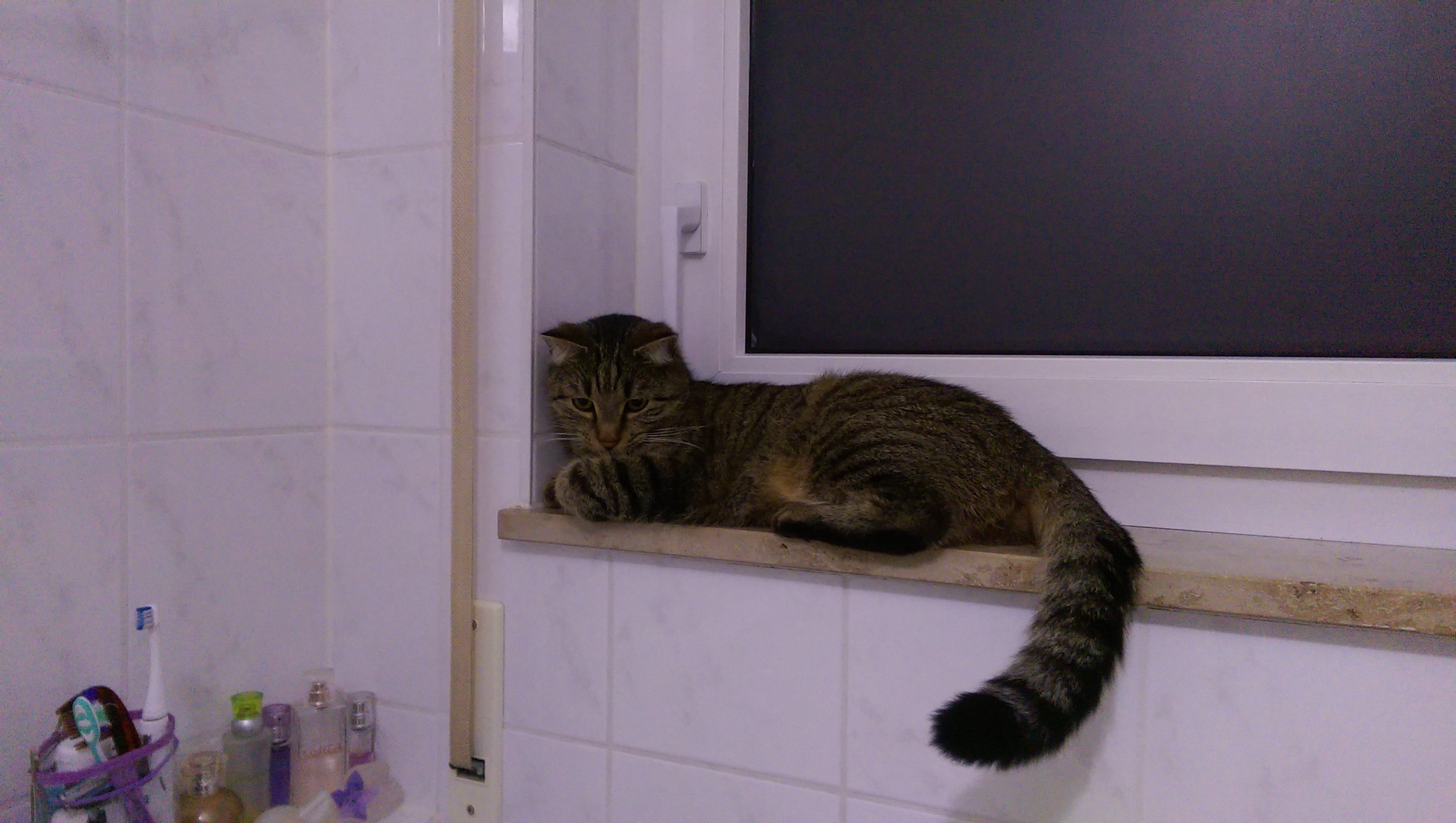-
Posts
5726 -
Joined
-
Last visited
Content Type
Forums
Store
Crowdfunding
Applications
Events
Raffles
Community Map
Everything posted by Werner
-
We don't deal with Android here. Ask vendor or at some place like xda developer forums.
-
edit /boot/armbianEnv.txt and set verbosity to 7 to get an idea about what happens inside.
-
This should work too. Debug boot issues: https://debug.armbian.de Related perhaps: https://github.com/armbian/build/pull/8994
-
Can you provide logs?
-
Just boot from microsd and then use armbian-install to move image to spi/nvme directly attached?
-
Because they sell you the hardware only. Their software support is very poorly made since for the price they cannot afford proper software support and - even more important - maintenance. They leave this burden to - mostly unpaid - random developers across the world like us. At least I'd go for a device with Standard Support which the Ultra and Max hasn't: https://www.armbian.com/download/?device_support=Standard support For the raspberry you would need additional hardware (an AI kit I guess). No clue though about how they both perform in comparsion. For RK3588 you have two choices for now: The rockchip bsp implementation and https://github.com/rockchip-linux/rknn-toolkit2. Or using 6.18 kernel using the reverse engineered Rocket driver and latest bleeding edge mesa to get npu access. I personally did not play with either of these options and have no intention to do so for the moment.
-
debug boot issues: https://debug.armbian.de
-
current isn't a good option for rk3588/s devices. At this point of time barely any support for this SoC was mainlined. And it seems like later revisions introduced a regression causing a crash. Since 6.18 may become next LTS kernel it will replace current current kernel at some point. So better go for an edge based image instead.
-
You should check uboot logs if the dtbo is loaded correctly. You can get those using a debug serial console. If you don't know what that is or how to connect: https://debug.armbian.de
-
https://github.com/armbian/build/blob/main/config/boards/retroidpocket-rp5.csc https://github.com/armbian/build/blob/main/config/boards/retroidpocket-rpmini.csc You can build images on your own. https://docs.armbian.com/User-Guide_Board-Support-Rules/#community-maintained
-

Orange Pi 5 won’t boot from SSD after armbian-install
Werner replied to Renoria's topic in Orange Pi 5
The logs you can aquire this way: https://debug.armbian.de -
@TonyMac32
-
That's an interesting question. The chip itself seems to communiate via spi or i2c. Since USB cannot do that they put a raspberry microcontroller (RP2040) on it to handle this. The communication then uses a simple serial connection with the ch341 chip. I assume the klipper thingies can handle this by themselves automatically while when connecting this to a different device, you have to come up with some way to communicate with this board.
-
Which of these boards are you refering to? https://github.com/armbian/build/tree/main/config/boards
-
The rk3588 soc has a fixed boot order which is spi, emmc, microsd, other I think. So if there is a boot loader found on spi it will ignore other options and try to boot from that. While Armbian uboot binaries on spi are instructed to check if there is a microsd card inserted and boot from that, vendors can (ab)use this circumstance to make it harder for other operation systems being used because tools like rkdevtool are necessary to get rid of it. If the spi is pre-flashed with crap, I guess that's why the step is necessary.
-
If you have patience, CEC may work at some point with mainline kernel. There is not fast solution.
-
didn't even realize you were on beta repo. Well when you use bleeding edge, you have to be prepared for breakage since it is expected ;).
-
I'm not sure bit IIRC there should be a 1 second delay which would allow interaction but again, not sure...
-
We don't deal with android. I suggest to ask at xda developer forums or similar.

